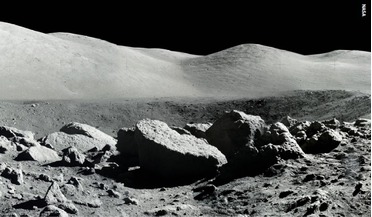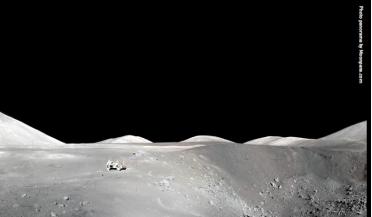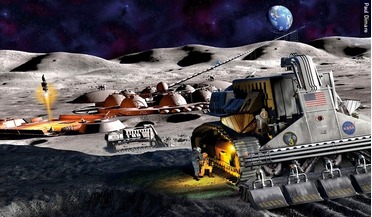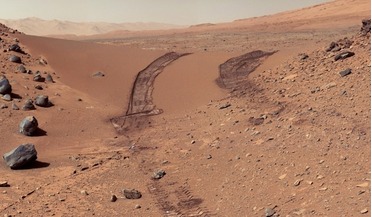 October 2021
Mining lunar hydrogen
October 2021
Mining lunar hydrogen
... units for drawing water and oxygen from the lunar regolith, and so on. Lunar regolith is an intriguing resource both for its mineral content and as a source of water The regolith or ‘lunar soil’ is the most accessible type of Moon rock, because...
 October 2024
Lunar construction with regolith and robots
October 2024
Lunar construction with regolith and robots
...in-situ resource utilisation (ISRU) and represents a revolution for surviving on the Moon. A process that simultaneously removes lunar regolith from the local area and uses it to build structures will also improve working conditions by minimising the...
 February 2023
The scientific basis for lunar helium-3 production
February 2023
The scientific basis for lunar helium-3 production
... of a useful component, including helion. Conclusions With regard to the potential for the extraction of helium-3 from the lunar regolith, our research has shown that knowledge of the value of the Henry constant for the helion adsorption...
 March 2016
Resource Prospector – a Lunar Pathfinder
March 2016
Resource Prospector – a Lunar Pathfinder
...NASA. Three illustrations showing (1) how RP volatile prospecting would work during actual lunar roving, (2) the RP rover charging in the Sun and (3) excavating lunar regolith from as deep as 1m below the surface, and processing in the OVEN subsystem...
 May 2020
Developing a commercial market for small sample return
May 2020
Developing a commercial market for small sample return
... will come from the planetary science community. During the Apollo programme, astronauts returned about 381 kg of lunar regolith to Earth from six landing missions. Aside from three robotic Soviet sample return missions in the 1970s...
 February 2019
Simulating lunar and martian regolith in the laboratory
February 2019
Simulating lunar and martian regolith in the laboratory
... been made via 3D printing of a simulant developed at ESA’s European Astronaut Centre (EAC) to demonstrate the use of lunar regolith as a building material. Various mission teams have also benefitted from the use of ESA2C simulants, such as the...